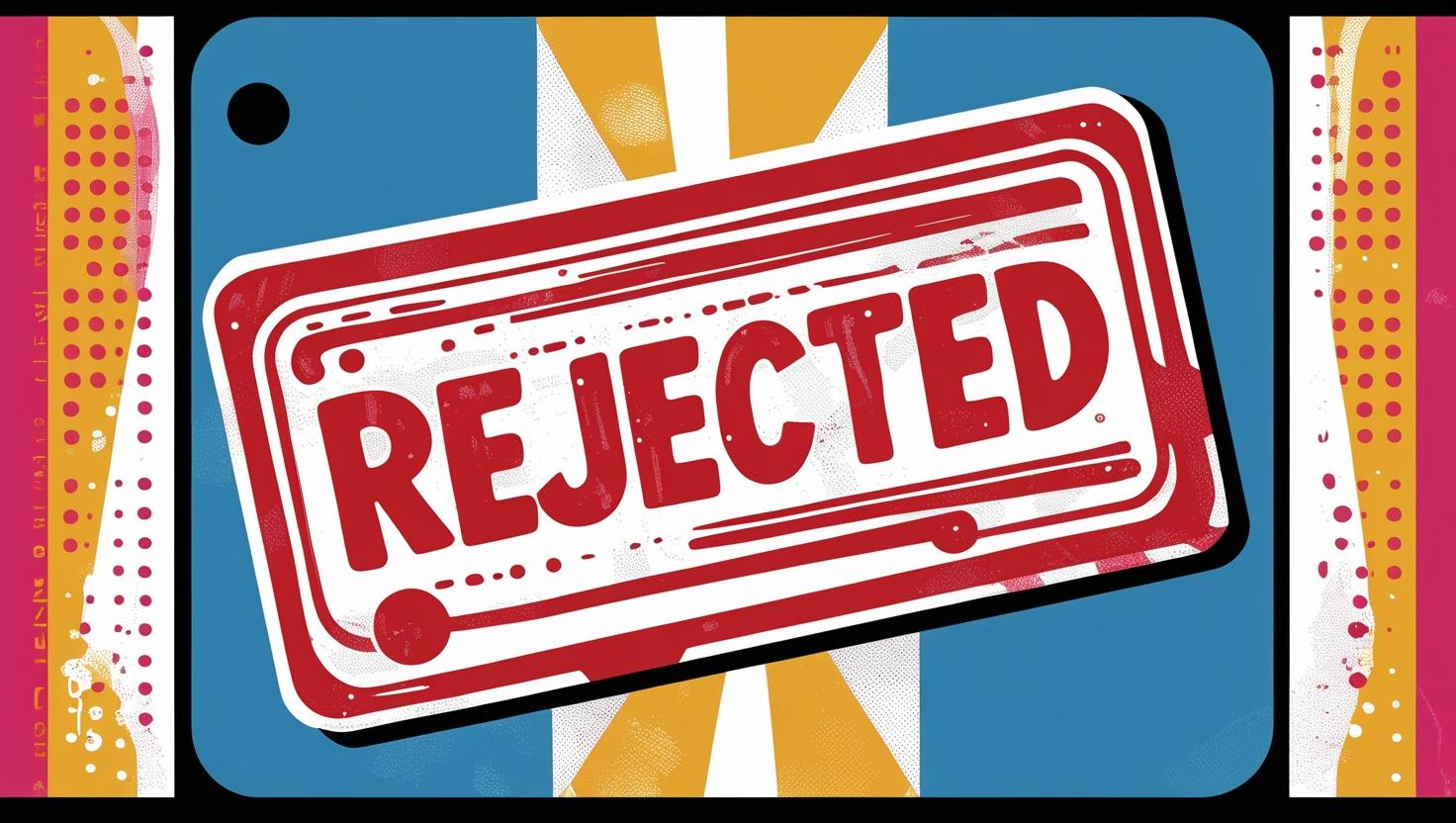
The Harsh Reality of Startup Funding
Let me take you behind the scenes. Years ago, I sat in on a VC pitch day as a guest observer. The room was full of nervous founders, each clutching a deck, each hoping to be the one who walked out with a handshake and a term sheet. By lunch, 90% of the founders had already been mentally rejected. Some never even made it past their first slide.
Every founder dreams of pitching to a room full of investors and walking out with a term sheet. But the truth is, venture capitalists reject 99% of the pitches they see (Y Combinator). Most rejections happen in the first few minutes—sometimes before the founder even finishes their opening slide.
Why? Because VCs see the same mistakes over and over. And most of them are completely avoidable.
The Top Reasons VCs Say “No”
Here’s what real investors say are the most common deal-killers:
- No Clear Problem: The founder can’t articulate a real, painful problem worth solving.
- Weak Market Need: There’s no evidence of strong demand or willingness to pay.
- Unconvincing Solution: The product is a “nice to have,” not a “must have.”
- Unrealistic Market Size: The TAM/SAM/SOM numbers are inflated or unsupported.
- Vague Business Model: The path to revenue is unclear or implausible.
- No Competitive Edge: The startup can’t explain why they’ll win against existing players.
- Team Gaps: The team lacks the skills or experience to execute.
- Blind Spots: The founder is unaware of key risks, regulatory hurdles, or market realities.
- Overconfidence and Bias: The founder dismisses tough questions or ignores negative feedback.
According to Crunchbase News, the top reasons for startup failure—no market need, running out of cash, getting outcompeted—are the same reasons VCs pass on deals (Crunchbase News).
A Real VC Confession
I once asked a partner at a top-tier VC firm what his biggest red flag was. He said, “When a founder can’t tell me, in one sentence, what problem they’re solving and for whom, I know the rest of the pitch will be a waste of time.” He wasn’t being cruel—he was being honest. VCs are bombarded with pitches. They have to filter fast.
What VCs Really Want to See
Venture capitalists aren’t looking for perfection—they’re looking for evidence:
- Validated Problem: Proof that the pain is real and urgent.
- Market Evidence: Data showing real demand and willingness to pay.
- Defensible Solution: A product that’s hard to copy or replace.
- Credible Numbers: Realistic, well-researched market and financial projections.
- Coachability: Founders who listen, learn, and adapt.
- Self-Awareness: A clear-eyed view of risks, competition, and what still needs to be figured out.
As one VC put it: “I’d rather back a founder who knows what they don’t know than one who thinks they know it all.”
The Human Side of the Table
It’s easy to forget that VCs are people too. They want to believe in you. They want to find the next great company. But they’ve been burned before—by founders who overpromised, by markets that never materialized, by teams that couldn’t execute. Their skepticism is a survival mechanism.
How to Avoid Instant Rejection
Here’s how you can dramatically improve your odds:
- Do the Hard Work Upfront
- Validate your problem, market, and solution before you pitch.
- Gather real evidence—customer interviews, surveys, pre-sales, or pilot users.
- Use a Structured Evaluation Framework
- Score your idea across all the dimensions VCs care about: problem, solution, market, business model, team, competition, and risk.
- Identify and address weaknesses before you get in the room.
- Be Brutally Honest with Yourself
- Seek out negative feedback and use it to improve.
- Don’t hide your weaknesses—show how you’re working to fix them.
- Show, Don’t Tell
- Use data, traction, and real-world results to back up your claims.
The Story of a Pitch That Worked
Let me tell you about Maya, a founder who raised $2 million for her SaaS startup. She didn’t have the flashiest deck or the most charismatic pitch. But she walked in with a binder full of customer interviews, a spreadsheet of pre-sales, and a list of every risk she hadn’t solved yet—along with her plan to address them. The VCs didn’t just see a product; they saw a process, a mindset, and a founder who was ready to learn.
The EvaluateMyIdea.AI Advantage
EvaluateMyIdea.AI is built to help founders pass the VC “sniff test” by:
- Forcing you to answer the tough questions investors will ask
- Scoring your idea’s viability using proven, investor-grade criteria
- Highlighting gaps and providing actionable recommendations for improvement
Our platform simulates the evaluation process of real investors—so you can fix issues before they cost you the deal.
But remember: no tool can replace the work of honest self-assessment and real-world validation.
Transformation: From Rejection to Readiness
Imagine walking into your next pitch knowing you’ve already addressed the most common deal-killers. You’re not just hoping for a “yes”—you’re ready for it.
Imagine the confidence of knowing your numbers are credible, your risks are mapped, and your story is grounded in evidence.
Take Action: Prepare Like a Pro
Before you pitch, ask yourself:
- Can I prove there’s a real, urgent problem?
- Do I have evidence of market demand?
- Is my business model credible and defensible?
- Have I addressed my team’s gaps and competitive threats?
If you’re not sure, don’t risk instant rejection. Use systematic evaluation to get ready.
The Ripple Effect of a Great Pitch
When you prepare like a pro, you set a new standard for yourself and your team. You show investors that you value truth over ego, evidence over hope. You inspire confidence—not just in your idea, but in your ability to execute.
Want to know if your idea will pass the VC test? Use EvaluateMyIdea.AI to get investor-grade feedback and actionable insights—before you pitch. [Learn more about our evaluation process.]